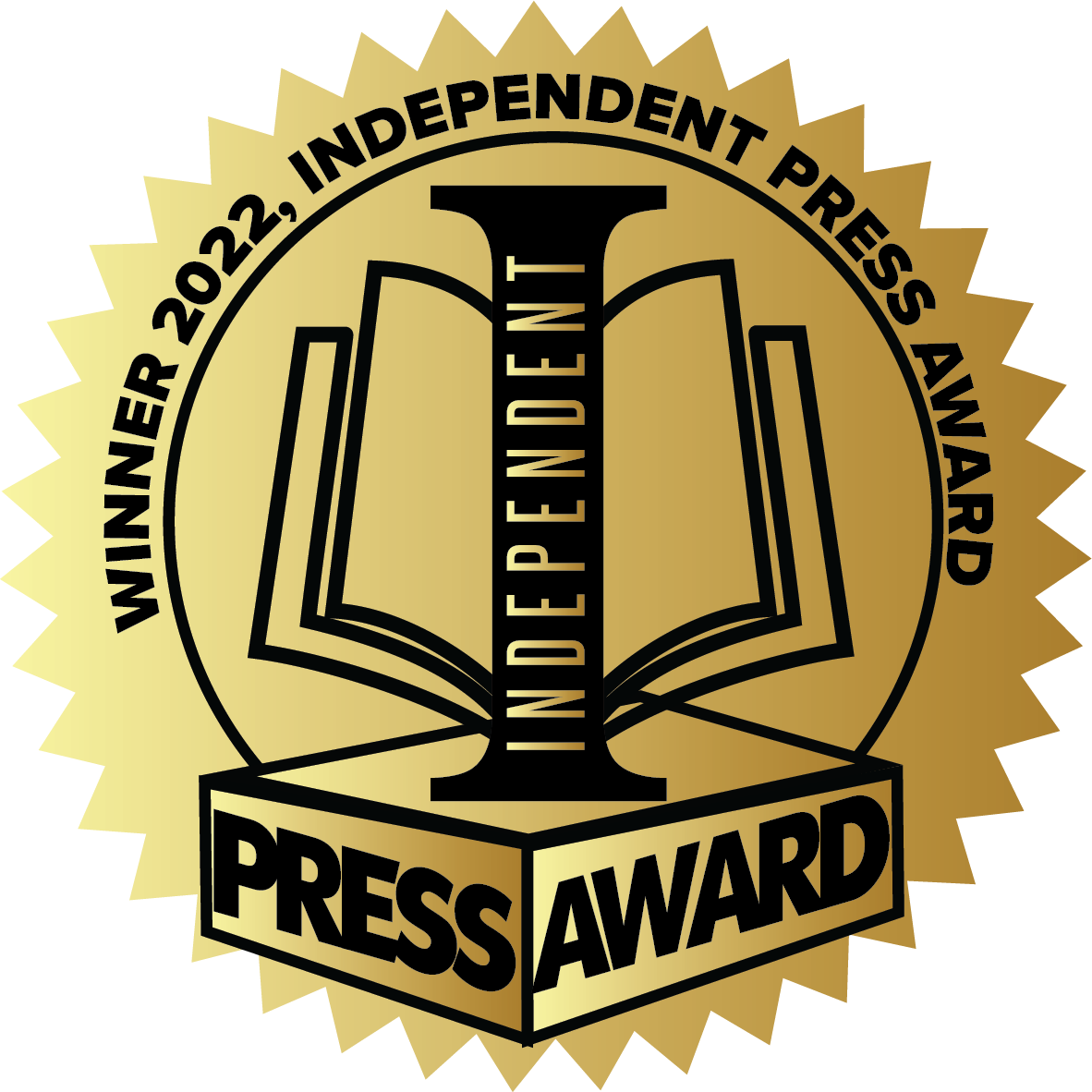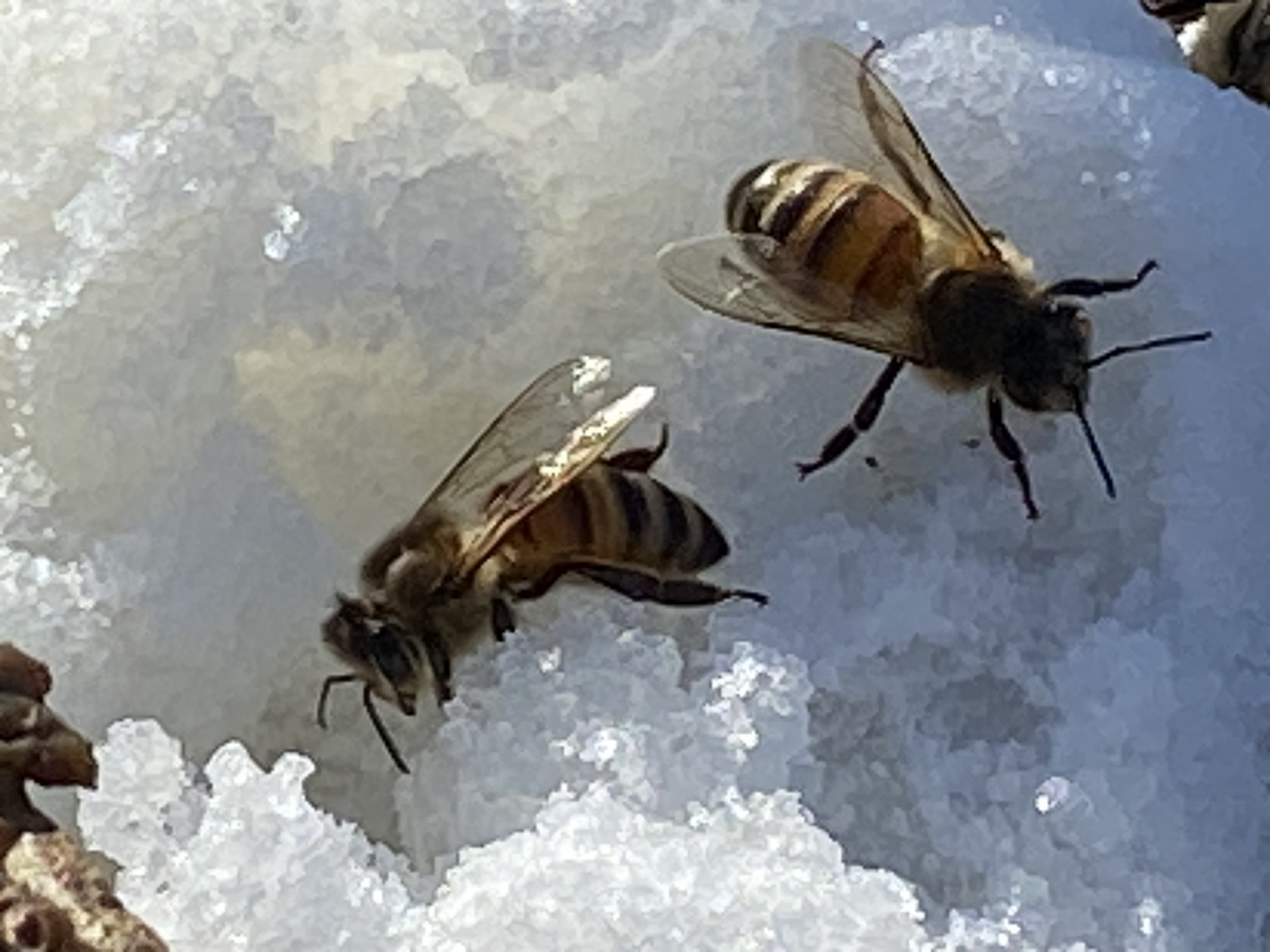Top 10 Tips to Plant for Pollinators
/spring 2024 was a good montth early this year and bees were building up. (charlotte ekker wiggins photo)
Top Ten Tips to Help Pollinators
Spring is a good 4-6 weeks early in mid-Missouri. I keep track of when crocus and the first daffodils bloom, then compare to National Phenology Network's reports of when lilacs bloom. My old-fashioned lilacs, by the way, are also in bud a good month earlier than last year.
Since spring is making an early show this year, here are ten things to consider as you plan your garden to help pollinators:
Plant a Diversity of Native Flowers: Choose a variety of native plants that bloom at different times throughout the year to provide a continuous source of nectar and pollen for pollinators. How many? Start with at least 26 trees, shrubs and flowers blooming at the same time through the growing season. Honey bees need 2 million flowers to make 1 pound of honey.
Avoid Pesticides: Minimize or eliminate the use of pesticides, especially those containing neonicotinoids. Hang bird houses so birds provide natural pest control. If you have to use a product, don't use it when flowers are in bloom.
Create Pollinator-Friendly Habitats: Designate areas in your garden specifically for pollinators, providing shelter, water, and nesting sites such as bee hotels or piles of wood and leaves. Better yet, leave fall leaves on the ground until you see bumble bees flying around your garden. Most bumbles nest in the ground.
Plant a Bee-Friendly Garden: Select flowers with open, accessible blossoms that make it easy for bees to access nectar and pollen. Think daisy-shaped flowers like zinnias, sunflowers, and coneflowers. Pollinators are also partial to most herbs.
Provide a Water Source: Pollinators need water, especially in hot weather. Create shallow water dishes with pebbles or sticks and rocks for bees and butterflies. Bird baths make great pollinator drinking areas, too.
Avoid Hybrid Plants: While hybrids can be beautiful, they often lack the nectar and pollen resources that pollinators need. Opt for heirloom and native plant varieties.
Plant Native Trees and Shrubs: Native trees and shrubs provide valuable habitat and food sources for pollinators including native bees. Choose species like willows, fruit trees, and native flowering shrubs.
Practice Sustainable Gardening Techniques: Implement practices such as mulching, composting, and natural weed control to create healthy soil and reduce the need for chemical fertilizers and herbicides.
Educate Others: Spread awareness about the importance of pollinators and the threats they face. Encourage family, friends and community members to create pollinator-friendly habitats in their own gardens and green spaces.
Support Local Beekeepers and Pollinator Initiatives: Purchase honey and other bee products from local beekeepers who practice sustainable beekeeping methods. Get involved in local pollinator conservation projects and advocate for policies that protect pollinators and their habitats.
My limestone garden was selected Yard of the Month in 2020 by our local Horticulture Society based on these principles.
For more gardening, beekeeping, cooking and easy home decor tips, subscribe to Garden Notes.











